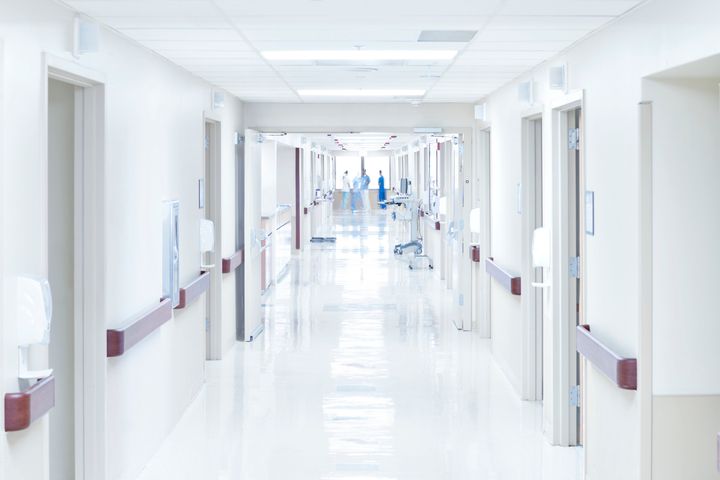
Innovation drives healthcare systems around the world: the NHS is no exception. Commonly one thinks of advancements that appear to directly alter medical treatment, such as the use of the Da Vinci robot for minimally invasive surgery or new drug treatments. However, the impact of advancements that affect human factors in medicine are neglected at our peril.
Ken Catchpole, of the Nuffield Department of Surgical Sciences at the University of Oxford, defined human factors as the process of “Enhancing clinical performance through an understanding of the effects of teamwork, tasks, equipment, workspace, culture and organisation on human behaviour and abilities and application of that knowledge in clinical settings”.
A key part of this is good communication.
On the 5th July 2018 we celebrated the 70th Anniversary of the NHS. It was a celebration of not only the institution itself, but also the extensive progress that has been made. However, certain aspects of NHS communication have been slow to change. The bleep is still widely used throughout the NHS to contact clinicians. It is estimated that 10% of the world’s pagers are being used in the UK health service. Without doubt, it is tried and tested but it is, in truth, a blunt instrument in a modern world: more of an abacus than a calculator.
In recent years WhatsApp has been increasingly used in the medical setting. A 2015 publication in BMJ Innovations by Mobasheri et al found that 98.9% of hospital clinicians have a smartphone, with around one in three using WhatsApp or comparable technology for communication. The use of such technology is being increasingly used in General Practice too. With patient care becoming progressively more multi-disciplinary and with shift patterns potentially affecting continuity in care, it provides an effective tool to communicate with the whole clinical team.
There is, however, a problem. WhatsApp is owned by Facebook and although the messages are encrypted when sent, they are not private. Furthermore, unless manually overridden, any clinical images sent through the system are automatically downloaded to the photo library on the device. The effect of this is that the images are stored on a server in the United States, and are thus not compliant with GDPR. NHS Digital has provided guidance aimed at avoiding patient identification when using WhatsApp but this itself has inherent difficulties. Overtly ambiguous or vague statements increase the risk to patient safety.
To combat the issues identified a number of other providers have sought to find bespoke systems aimed at communication within the healthcare sector, including Siilo, Hospify, Forward, and MedicBleep. These have taken into account the concerns involving GDPR and have increased security settings. There are, of course, variances such as whether messages are wiped after 30 days or remain on the system long term. Advanced features allow prioritisation of workload and allocation of tasks to specific team members on some systems whereas others simply provide a portal for sending messages. There is good anecdotal evidence that these systems are improving efficiency within the clinical environment, thereby increasing the time that can be spent on patient care.
A small number of NHS Trusts are piloting systems but there has been no uniform take up. In the long run it would make far more sense for the same system to be used across the health service. Not only would this enable it to be shaped to better address the needs of the NHS, it would also ensure that clinicians are not having to relearn the intricacies of a new app every time they move hospital or General Practice. Looking ahead, there may even be a place for directly accessing patient records through an NHS specific app, ensuring contemporaneous documentation.
The technological concept alone is not enough. In order to safeguard success, engaged leadership is required. In the new Secretary of State for Health and Social Care, such leadership exists. Matt Hancock described himself as “the greatest enthusiast of technology on the planet”. He has made clear his desire to increase the use of innovative technology in the National Health Service. In his first major speech as Secretary of State he said: “From today, let this be clear: tech transformation is coming. The opportunities of new technology, done right across the whole of health and social care, are vast. Let’s work together to seize them.”
He understands the challenges this involves but is also keen to look for workable solutions. This is an opportunity that must be taken. It will take time to rigorously and robustly test any new system but the benefits are becoming increasingly clear. Imagine leaving behind a legacy of a joined up, NHS wide communications system that utilises innovative technology to improve patient care: surely the Secretary of State will not miss out on such an opportunity?
